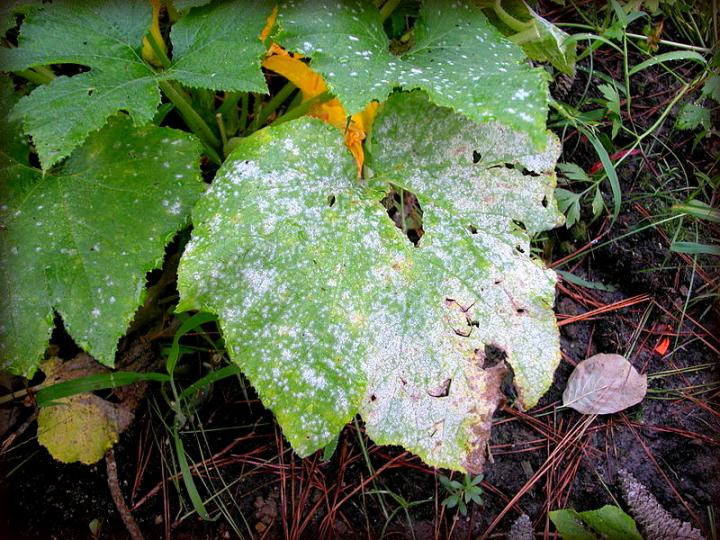INDEX
3. What Products Can I Use to Control PM?
4. How Can I Protect My Plants from Powdery Mildew?
5. How Long Will It Take to Get Rid of PM?
In the last year, indoor gardeners have reported a drastic increase in powdery mildew, a disease more prevalent to outdoor gardeners.
Mild temperatures and wet weather, inherent to the West Coast, increase the likelihood of powdery mildew occurring in the indoor gardening environment.
Compiled below are the most frequently asked questions (F.A.Q.’s) we’ve received about powdery mildew. The answers will help protect your plants resulting in a productive, healthy garden.
What is Powdery Mildew?
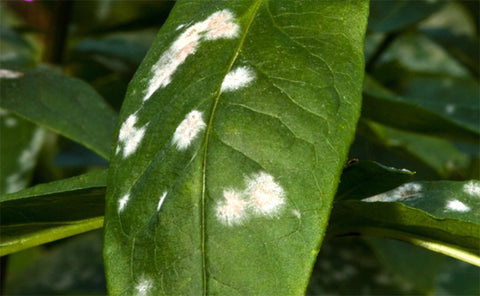
Powdery mildew (PM) is an indigenous, external, parasitic, fungal disease that attacks the leaves, stems and flowers of the host plant. PM is very common in our region and its airborne spores are easily transported to indoor environments. If the right conditions exist spores will germinate and spread rapidly through a grow room. To identify the disease look for a white, talc-like mold growing on the leaves, stems and flowers. Growth may appear in isolated patches on the leaves or cover the whole leaf entirely. The once established PM may cause irregular coloring and texture (russeting) of the leaves followed by yellowing and necrosis (death) of the entire leaf beginning at its margins.
Will PM Kill My Plants?
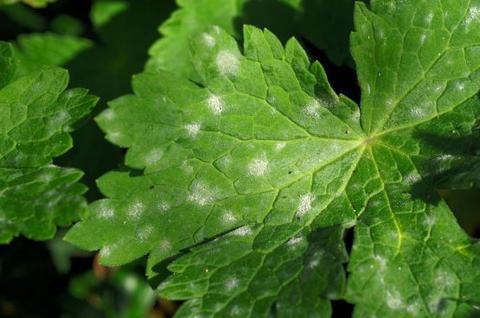
Powdery mildew alone will not result in the death of the entire plant. The disease first affects the outer surface of the plant followed by destruction of the outer most layer of plant cells. This in turn inhibits the plants’ ability to retain moisture. Infected growth may die but, if properly controlled, new growth will continue. The disease does not spread systemically. However, the plants growth will be stunted and become vunerable to other diseases and pests.
What Products Can I Use to Control PM?
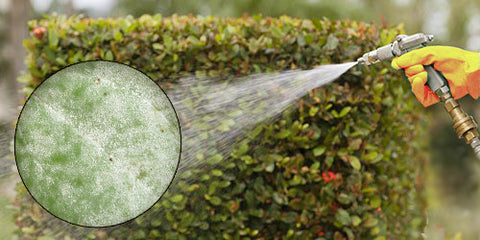
The most effective treatment of PM is the use of an approved fungicide or products that have plant protective properties. The following products have proven to be effective:
* Sulphur – Sulphur Dust 90% WP, Safer’s Defender
These natural products are safe to use and have excellent contact with fungicidal properties. Sulfur has a moderate residual effect and is also an effective miticide.
* Benomyl – This wettable powder has extremely low toxicity with moderate contact and systematic (whole plant) fungicidal properties. Benomyl has a moderate residual effect.
* Potassium silicate – This soluble form of silicon has moderate contact fungicidal properties when used as a foliar spray (1-2 ml per liter of water). When watered into the plant Potassium silicate has excellent disease preventative properties and increases plant tolerance to environmental stress.
* Neem Oil – Nature-oil, Einstein Oil
Cold pressed neem oil has moderate fungicidal properties and creates a physical barrier to PM. It also provides excellent protection from pests and increases growth rates.
* Magnesium Sulphate – MgSO4, Epson Salts
When applied as a foliar spray (2.5 ml per liter of water) MgSO4 provides good plant protection and stress relief but only low fungicidal properties.
Registered pesticide: follow label instructions regarding rates and intervals.
How Can I Protect My Plants from Powdery Mildew?
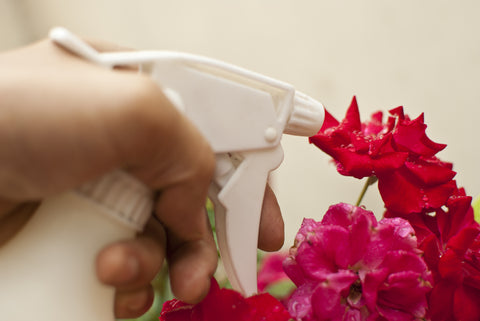
The most effective way to prevent the development and spread of PM is environmental control. The four critical environmental factors are:
1. Humidity: maintain a humidity level less than 65%.
2. Air Circulation: good air circulation throughout the garden.
3. Light Penetration: high light levels at lower plant heights.
4. Air Exchange: constant air exchange (ventilation) will remove airborne spores from the garden preventing infection of unaffected plants.
Judicious pruning of lower branches and leaves may be necessary for proper air circulation and light penetration.
How Long Will It Take to Get Rid of PM?
Be patient and diligent! Depending on environmental conditions and the product chosen to fight the infestation, it may take up to 3 applications to completely rid the garden of PM. To hasten plant recovery any growth completely covered in mold or showing signs of necrosis should be removed and disposed of. Feeding the plant with Potassium silicate has proven to increase the plants’ resistance to PM so that new growth will be protected.
Regular use of other products that have plant protective properties (Einstein oil, Benomyl, Epson salts) will also help prevent a return of the disease.




